In recent years, the advancement of marine communication and navigation technology has made it easier for seafarers to sail through the seas safely and efficiently. Many tools and devices have emerged over the years that have helped seafarers locate where they are, contact other vessels and ports, prepare for bad weather at sea, and avoid obstacles at sea or collisions. One valuable piece of marine safety equipment is the Automatic Identification System transponder or AIS transponder.
What Is AIS?
An Automated Identification System (AIS) is an automated tracking system that displays other vessels within the area. The AIS transponder automatically transmits dynamic information, such as the ship’s course, speed, and destination; static information, such as the ship’s name and length; and voyage-related information, like cargo information and navigational status. AIS-equipped vessels and shore-based stations will receive and send this identification information, displayed on a computer or chart plotter.
Classes of AIS Transponders
Different types of vessels use either of the
two different classes of AIS transponders — Class A AIS transponder and Class B AIS transponder.
Class A AIS Transponder
A Class A AIS transponder is mandated for all vessels 300 GT and above engaged in international voyages and passenger ships. As such, these AIS transponders come with a longer range and greater frequency. They also have advanced features, such as collision avoidance algorithms and the ability to coordinate with other AIS-equipped vessels to send and transmit data.
Class B AIS Transponder
A Class B AIS transponder is primarily designed for smaller vessels, like boats and fishing vessels. They’re a more cost-effective device that still provides the necessary AIS functionality. They can transmit crucial vessel information to other vessels in the vicinity. The information it can send out includes vessel position, speed, and course.
How Can an AIS Transponder Help with Marine Navigation and Safety?
Here are some ways a Class A or Class B AIS transponder can be useful when navigating at sea.
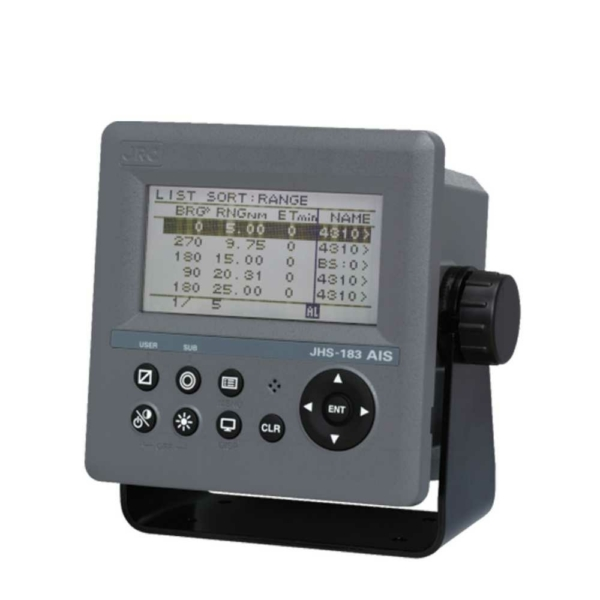
1. Collision Avoidance
When you are out at sea, it can be difficult to anticipate unexpected ship appearances that could cause collisions or risky manoeuvring. However, having an AIS transponder can improve your situational awareness when sailing across the waters. An
AIS transponder lets you detect and track other vessels in real time and gives you a comprehensive overview of the maritime traffic in your area. This information can enable you to assess traffic density, identify potential navigational hazards, and carefully decide your vessel’s course and speed.
A Class A AIS transponder that can be good for situational awareness at sea is the
JRC JHS-183, as it displays information about AIS-equipped ships and coastal stations. It also outputs AIS data to Electronic Chart Display and Information (ECDIS), radar and other navigational equipment for collision avoidance support.
2. Useful for Search and Rescue Operations
AIS transponders can play a significant role in search and rescue operations by enabling authorities to quickly identify and locate fishing vessels in distress. AIS can be activated to transmit distress alerts and provide vessels, maritime authorities, and rescue coordination centres to immediately initiate a search and rescue (SAR) operation.
Additionally, AIS transponders can contribute to efficient coordination and resource allocation during SAR operations. By receiving AIS data from vessels in distress, rescue coordination centres can assess the situation, identify potential overlaps or gaps in coverage, and allocate resources effectively. This includes dispatching nearby vessels or specialised teams to the precise location of the distressed vessel, reducing response time and increasing the chances of a successful rescue.
3. Improved Marine Navigation Efficiency
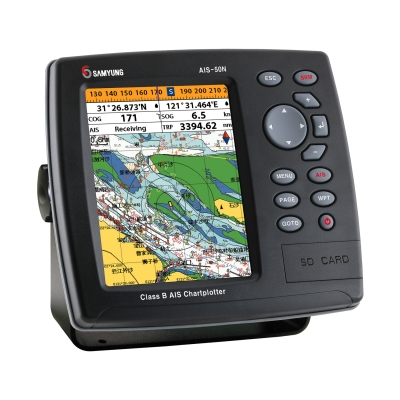
Since the AIS transponder provides accurate and up-to-date information about vessel positions at sea, you can plan your navigation at sea more productively. You can optimise your routes, avoid congested areas, and make more efficient use of your time and resources. An AIS helps you reach your destination more quickly and economically by avoiding unnecessary delays and detours.
If you’re looking for an AIS transponder that will optimise your navigational efficiency, we recommend the
ICOM MA-510TR for small vessels. Aside from its AIS functionalities, it comes with a built-in map, GPS antenna with cable, and more. For commercial vessels, the
Samyung ENC SI-70A might also be a great fit. It has an easy setup, a built-in map, and auto speed detection and checking of external output.
4. Integration with Other Marine Navigation Systems
You can also seamlessly integrate your AIS transponder with your
marine navigation equipment, such as radar, electronic chart plotters, and Automatic Radar Plotting Aids (ARPA). This integration allows for a comprehensive display of vessel positions, combining AIS data with radar and chart information. By integrating multiple systems, you can have a more holistic view of your surroundings, ensuring better decision-making and safer navigation.
Get Your Marine Communication & Navigation Equipment at Tecomart
When it comes to marine communication and navigation equipment in Singapore, you can trust Tecomart to have the tools and devices you will need. We have a wide selection of quality Class A and Class B AIS transponders that can help you send and receive vessel information to other AIS-enabled vessels so that you can improve navigation and safety at sea. You can find equipment from reputable brands, such as
Em-Trak,
Samyung ENC,
FURUNO, and more.
We also provide other devices that can help you on your next sea voyage, such as
radio communication equipment, marine radars, and GPS chart plotters, among others. Learn more about what you need or how you can prepare to stay safe on your next voyage at sea when you check out our
five basic marine safety tips for vessels. Should you want to know more about the products we offer, feel free to
contact us today.

 Since the AIS transponder provides accurate and up-to-date information about vessel positions at sea, you can plan your navigation at sea more productively. You can optimise your routes, avoid congested areas, and make more efficient use of your time and resources. An AIS helps you reach your destination more quickly and economically by avoiding unnecessary delays and detours.
If you’re looking for an AIS transponder that will optimise your navigational efficiency, we recommend the ICOM MA-510TR for small vessels. Aside from its AIS functionalities, it comes with a built-in map, GPS antenna with cable, and more. For commercial vessels, the Samyung ENC SI-70A might also be a great fit. It has an easy setup, a built-in map, and auto speed detection and checking of external output.
Since the AIS transponder provides accurate and up-to-date information about vessel positions at sea, you can plan your navigation at sea more productively. You can optimise your routes, avoid congested areas, and make more efficient use of your time and resources. An AIS helps you reach your destination more quickly and economically by avoiding unnecessary delays and detours.
If you’re looking for an AIS transponder that will optimise your navigational efficiency, we recommend the ICOM MA-510TR for small vessels. Aside from its AIS functionalities, it comes with a built-in map, GPS antenna with cable, and more. For commercial vessels, the Samyung ENC SI-70A might also be a great fit. It has an easy setup, a built-in map, and auto speed detection and checking of external output.

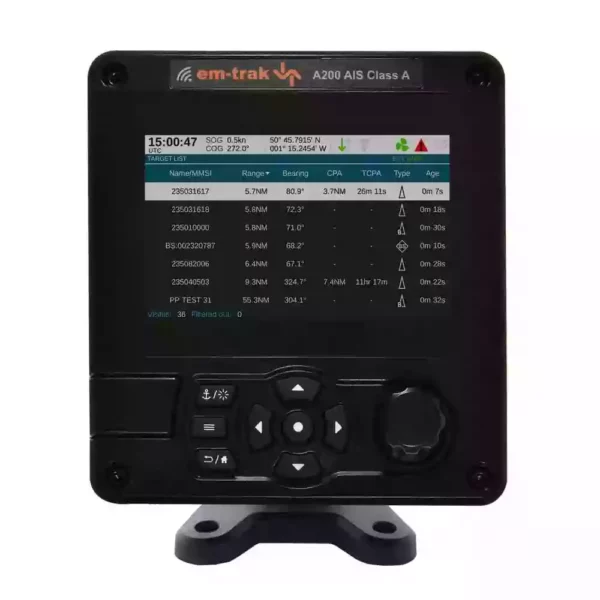
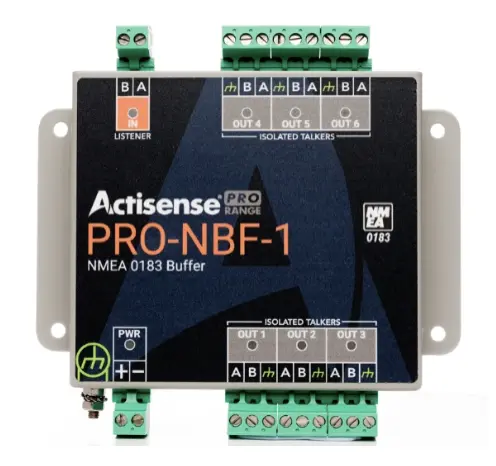

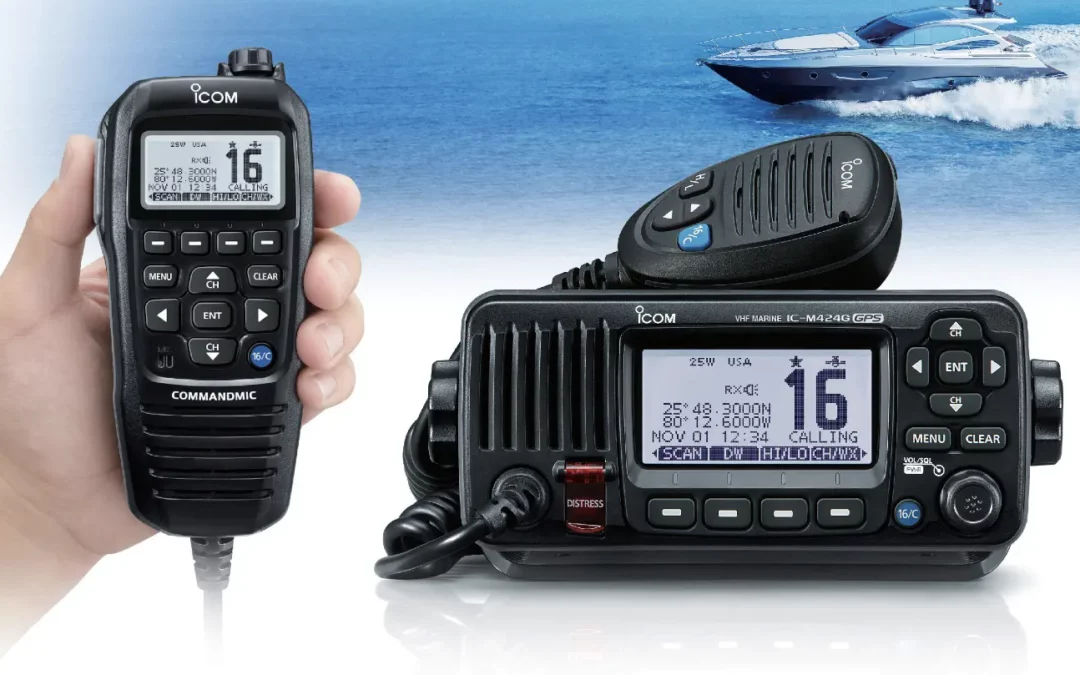
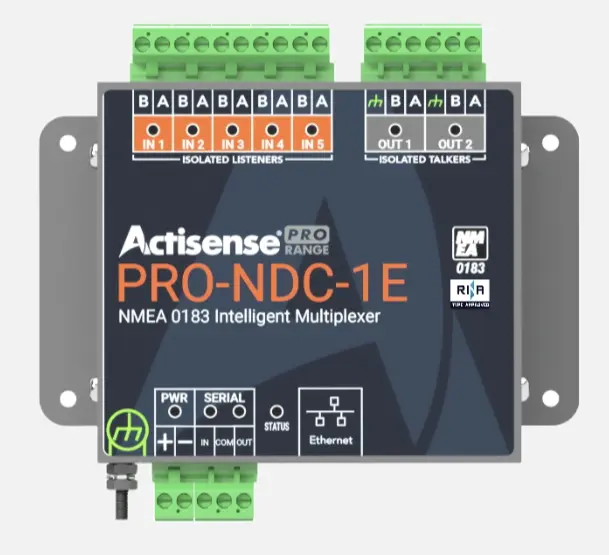
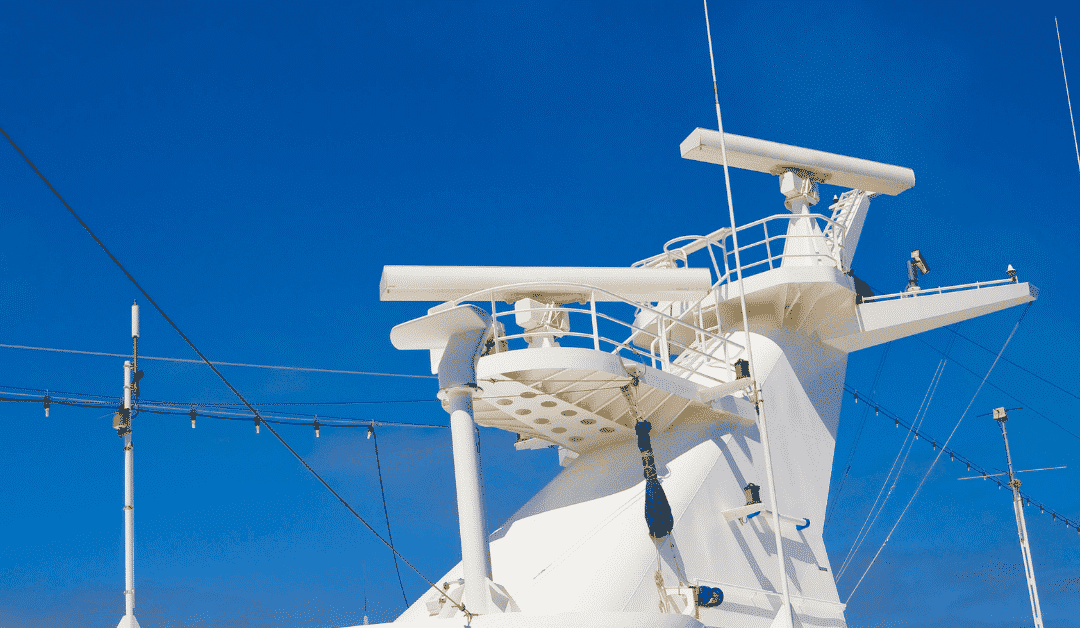

0 Comments